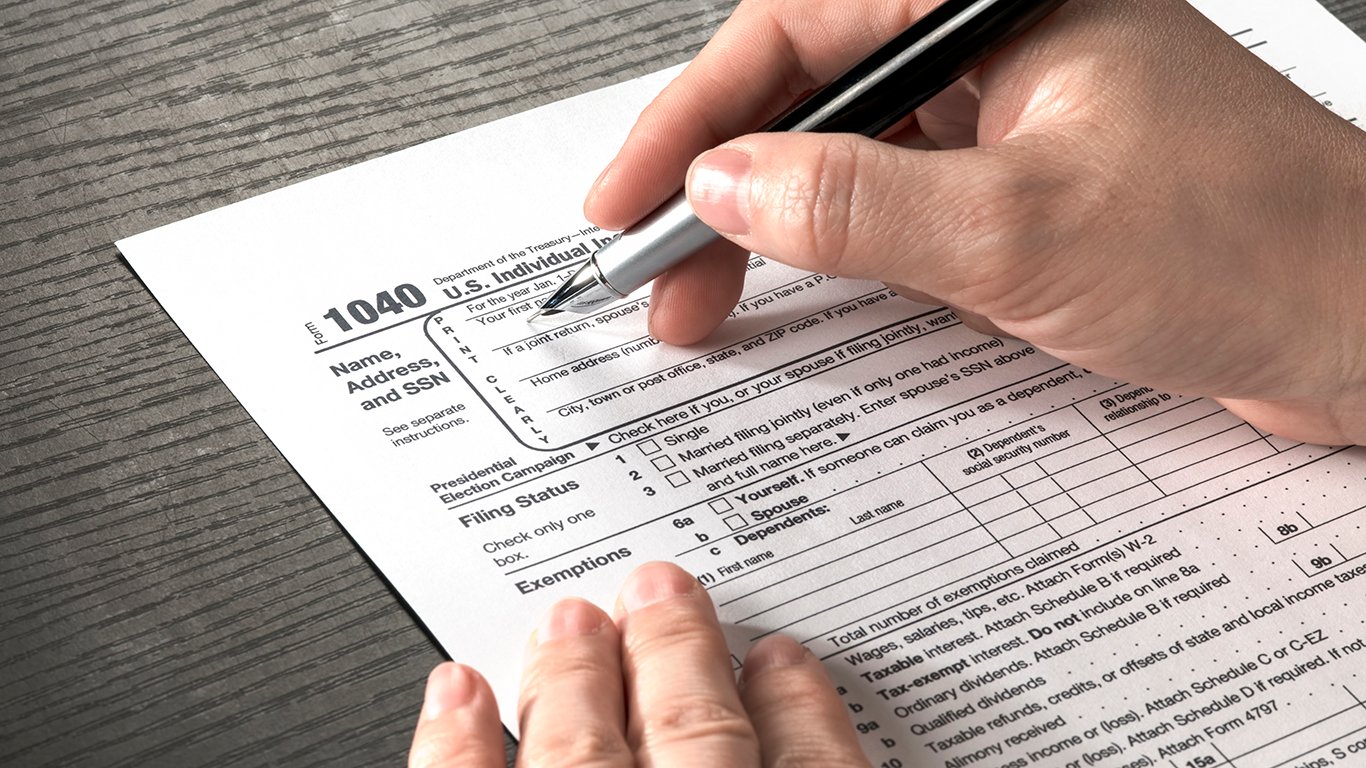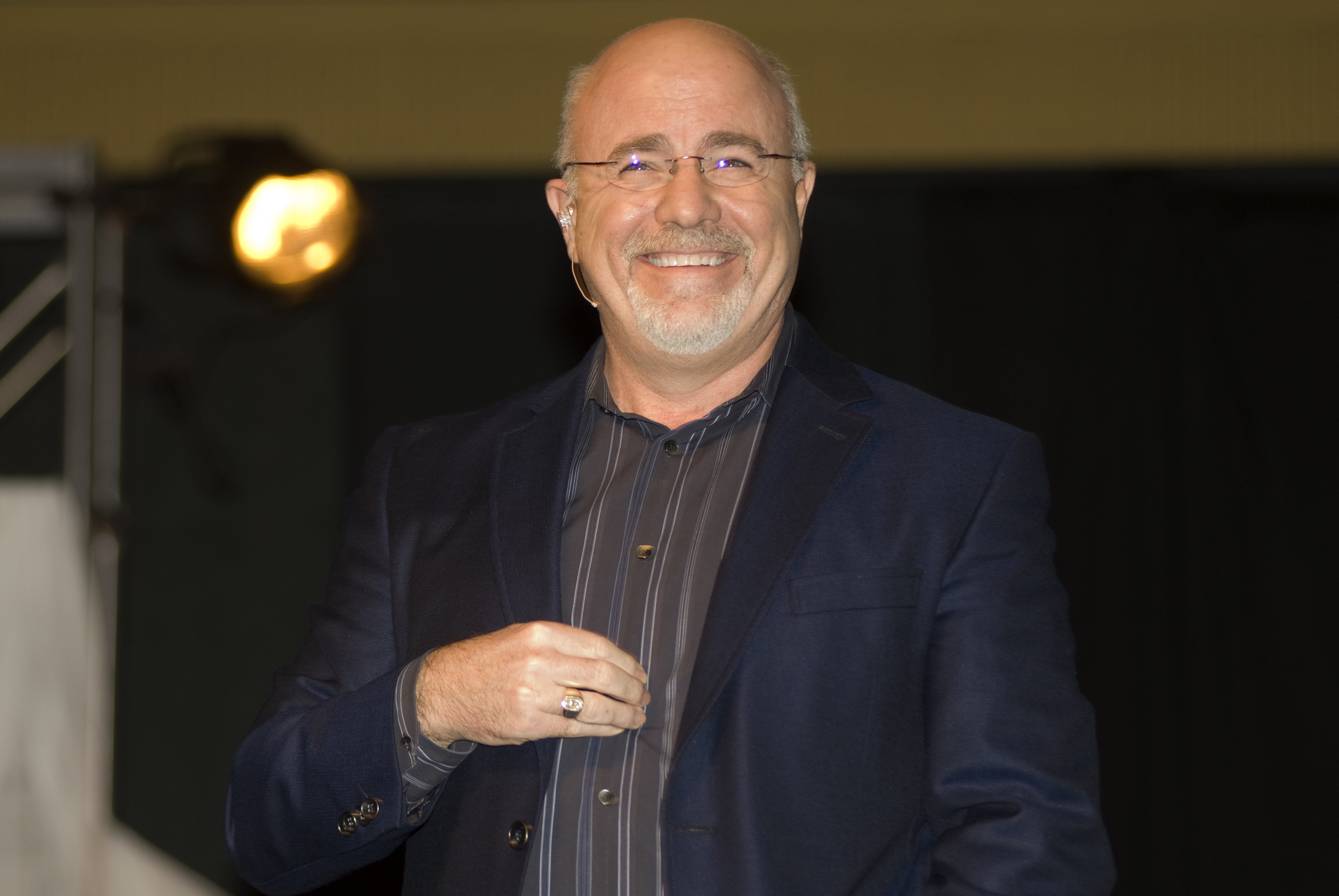 Only the U.S. government could come up with the term “unbanked” to describe Americans who do not have bank accounts or “underbanked” for Americans without sufficient access to basic financial services. The terms may be odd, but the problems are extreme. Many people in the United States do not have banks at all, and the major reason is that they do not have enough money to put into them. This is another sign that poverty in America remains a remarkably substantial problem, even if data shows that the ranks of the impoverished have dwindled recently.
Only the U.S. government could come up with the term “unbanked” to describe Americans who do not have bank accounts or “underbanked” for Americans without sufficient access to basic financial services. The terms may be odd, but the problems are extreme. Many people in the United States do not have banks at all, and the major reason is that they do not have enough money to put into them. This is another sign that poverty in America remains a remarkably substantial problem, even if data shows that the ranks of the impoverished have dwindled recently.
The second FDIC-sponsored “National Survey of Unbanked and Underbanked Households” data show that:
8.2 percent of US households are unbanked. This represents 1 in 12 households in the nation, or nearly 10 million in total.
And:
20.1 percent of US households are underbanked. This represents one in five households, or 24 million households. The 2011 underbanked rate in 2011 is higher than the 2009 rate of 18.2 percent, although the proportions are not directly comparable because of differences in the two surveys.
At about the same time that the FDIC-sponsored report came out, the Census Bureau released information that showed 15% of Americans lived below the poverty line in 2011. That was barely better than in 2010, when the number was 15.1%. It is not shocking that the demographics of the unbanked and underbanked match almost perfectly with Census blocks that cover blacks, households with underemployed members, households with incomes of less than $15,000, and households run by unmarried women. Many of those people have little or no money, so banks are useless to them.
The government has a massive amount of data about the poor, their habits and their composition. What does not show up in very many documents issued by the federal government is how these problems might be solved. Creating bank accounts for the poor is hardly an answer. Creating new income earning possibilities for people who do not need banks in an answer, but not one that has been addressed in any broad-based way in the many sets of analysis about the poor. And, based on conversations about what should happen to the U.S. budget and deficit, discussions about the impoverished and unbanked have been pushed aside.
The ranks of the unbanked will not diminish, based on any realistic view of what will happen to people who fall below the poverty line.
Douglas A. McIntyre
Essential Tips for Investing: Sponsored
A financial advisor can help you understand the advantages and disadvantages of investment properties. Finding a qualified financial advisor doesn’t have to be hard. SmartAsset’s free tool matches you with up to three financial advisors who serve your area, and you can interview your advisor matches at no cost to decide which one is right for you. If you’re ready to find an advisor who can help you achieve your financial goals, get started now.
Investing in real estate can diversify your portfolio. But expanding your horizons may add additional costs. If you’re an investor looking to minimize expenses, consider checking out online brokerages. They often offer low investment fees, helping you maximize your profit.
Thank you for reading! Have some feedback for us?
Contact the 24/7 Wall St. editorial team.



